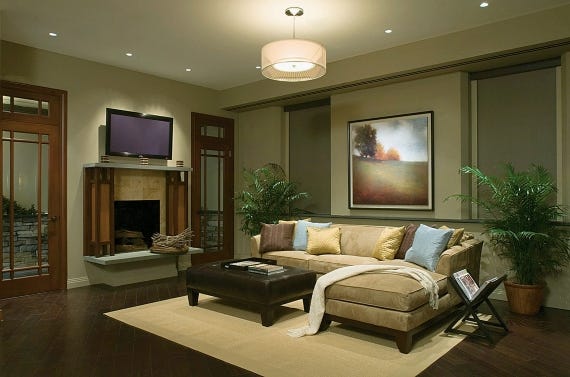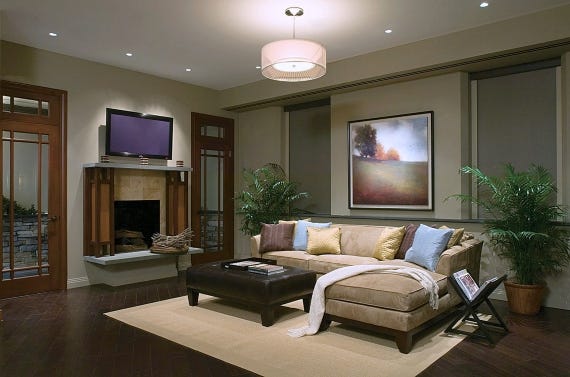Full-Spectrum Fluorescent Lights: Everything You Need To Know
The term 'full spectrum fluorescent light' is mentioned frequently in the industry, but what does this term mean? And what is the importance of using these lights?
'Full-spectrum' is used to describe natural light (like sunlight) or artificial lights that produce a similar effect to sunlight. This light can be used for a variety of purposes, some can even be used in combatting the effects of Seasonal Affective Disorder (SAD). The use of imitation natural light has also been rumoured to help businesses in their sales. While LUX says that there is no empirical evidence that this is true, a good distribution of light can definitely make a shop feel more comfortable for customers.
The kelvin colour temperature scale is used to measure the intensity and effect of full-spectrum fluorescent lights, and different colours on the scale produce a different effect or mood. For instance, a warehouse would need a different kind of lighting to a cosy living room. Changing your lights to evoke the mood you're aiming for can optimise your home or business. So what colour temperature do you need? Follow our quiz to find out.

Now that you know what colour you need, here is our guide to the different colour temperatures and what they mean.
2700k
Soft white. This light is orange tinged and gives a warm, comfortable feeling. Great for living rooms or places of relaxation.

3000k
Warm white. Often used in retail situations.
<
3500k
Neutral colour. Great for an office setting as it can optimise work that requires you to take notice of detail, such as reading or writing.
<
4000k
Cool white. Used in warehouses and factories.
<
6000k
Close to daylight. More natural looking light, again used for commercial settings.
<
Please note that the above guide is to be used as a guidelines only. Choosing a light on the colour temperature scale is dependent on what mood or effect you require and individual preference.
Please note: the information in this article is provided as a guide only. We strongly recommend speaking to an electrician before attempting any electrical work yourself. Any links included in this article are for information purposes only and Lamp Shop Online does not endorse the websites linked to.
Published 2016/01/11
